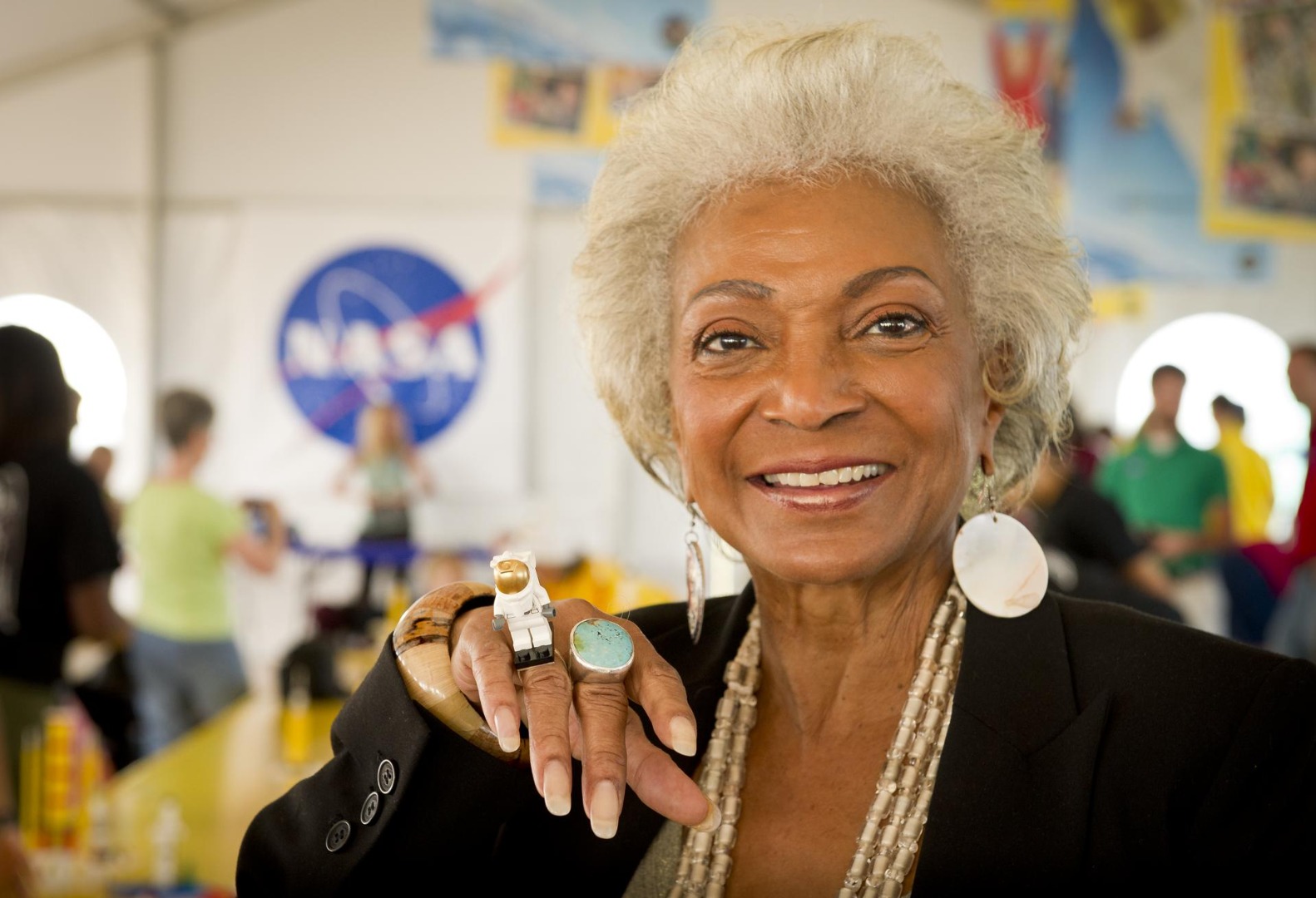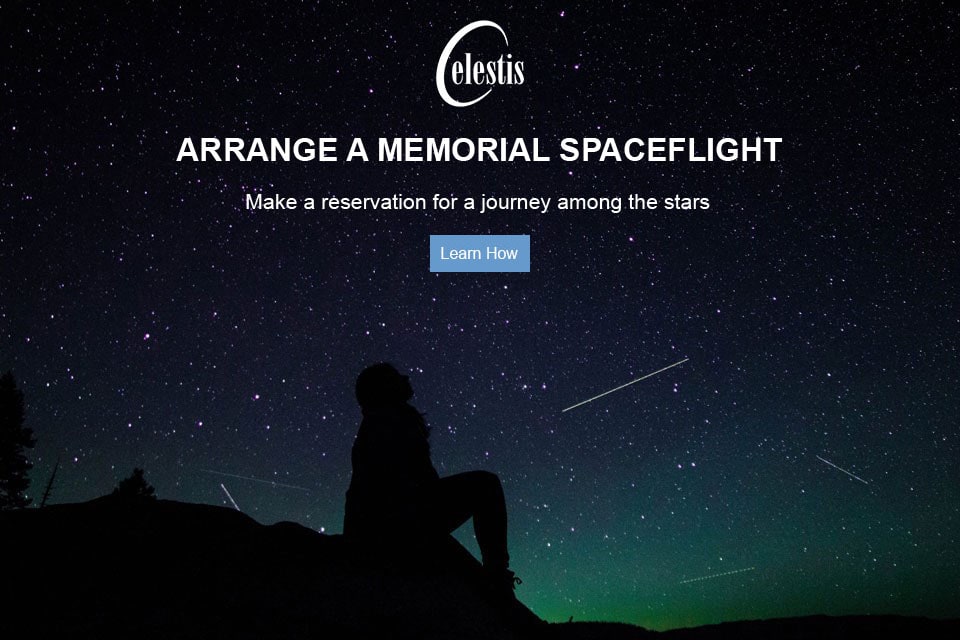Celestis MindFiles™: Calling All Deep Space Voyagers

Photo by Shot by Cerqueira on Unsplash
Since the prehistoric days, the earliest humans left messages as an aerial to other generations to relay their unique stories. Rudimentary cave drawings and, later, more sophisticated hieroglyphics captured the lives of people in print and imagery centuries before printing presses and photography existed. These ancient messages allowed us to discover what the Earth was like for our ancestors; we were fascinated to learn about their culture, language, clothes, likes, dislikes, food preferences, and customs.
This idea of leaving messages for future generations or even perhaps other lifeforms to discover continued to gain popularity throughout the centuries as people sealed letters and artifacts in “time capsules” sprinkled all over the globe. The rise of the courier, telegraph machine, telephone, radio, television, and now, the Internet have enabled communication archives to be built, providing us with snapshots into our parents’, grandparents’, and great-grandparents’ eras. Non-profits like the Long Now Foundation are dedicated to preserving long-term institutions, messaging, and ideas.
The 1950s saw humanity enter the Space Age, and with that, people looked to the stars – could we send messages out there? Since the “Golden Age” of science fiction during the early 20th Century, scores of people have become fascinated with the idea of sending messages to other parts of the Solar System and Universe. Scientist Carl Sagan’s 1985 novel Contact was adapted into a 1997 movie starring Jodie Foster; the novel and movie illuminated what could happen if humanity sent messengers into other dimensions, allowing them to become recipients of cosmic messages.
Humanity has endeavored to reach out to other possible lifeforms starting sixty years ago in 1962. Since that year’s modest venture to reach out to our neighboring planet Venus, humanity utilized increasingly more sophisticated radio telescopes and spacecraft to send messages to deep space. However, many of these attempts were accessible to scientists and engineers only.
Now, in 2022, Celestis Memorial Spaceflights introduces Celestis MindFiles™, an affordable way for you to send your personal message into deep space, to orbit the Sun for eternity.
Timeline of Messages Sent into Deep Space
In 1962, the first attempt at contacting possible extraterrestrial life was undertaken by the Soviet Union, originating from the Evpatoria Planetary Radar complex in Crimea. Three messages in Morse code were transmitted to the neighboring planet, Venus. It bears mentioning that by 1974, radio astronomy had become much more sophisticated. The Arecibo Radio Telescope in Puerto Rico, commissioned in 1963, had recently undergone upgrades; a celebration was in order. Frank Drake, collaborating with Carl Sagan and others, devised a single message that consisted of 1,679 bits and represented various parameters of humanity (such as elements on the periodic table, the average height of a human being, the appearance of the Arecibo Telescope, among others). The “Arecibo Message” was transmitted via frequency-modulated radio waves to Messier 13 on November 16th, 1974. Click here for audio of the Arecibo Message.
According to the SETI Institute, “The broadcast was particularly powerful because it used Arecibo's megawatt transmitter attached to its 305-meter antenna. The latter concentrates the transmitter energy by beaming it into a very small patch of sky. The emission was equivalent to a 20 trillion watt omnidirectional broadcast and would be detectable by a SETI experiment just about anywhere in the galaxy, assuming a receiving antenna similar in size to Arecibo's.”
However, Messier 13, roughly 21,000 light years away from Earth, was chosen as a target only because it was relatively accessible at the time; the star cluster was located over the Arecibo site. Thus, the estimated year of arrival for the Arecibo Message is 25974 (obviously, not during our lifetimes). It’s unlikely we’ll ever receive a response, but the Arecibo Message was carried out more in a spirit of celebration and as a show of the era’s technological advancement.
The first serious attempts to contact other star systems were Cosmic Calls 1 and 2, which happened in 1999 and 2003, respectively. These interstellar radio messages have roots close to Celestis’ heart, as they were the brainchild of CEO and co-founder Charles M. Chafer. Notably, these calls were an independent, grassroots effort to message interstellar space without funding from governmental or scientific entities. Other serious (and some not-so-serious) interstellar radio messages have been transmitted since then.
Spacecraft have also sent messages into space throughout the past 50 years. Pioneers 10 and 11, the first human-made objects to achieve escape velocity from the Solar System, were both outfitted with gold-anodized aluminum plaques depicting the hydrogen atom, figures of a man and a woman, the Sun and other galactic landmarks, the Solar System, and a simple diagram of the Pioneer spacecraft. Later during the 1970s, both Voyager spacecraft carried a “Voyager Golden Record,” which boasted imagery and sounds ranging from world leaders' greetings to newborns crying.
Contact us for more information or to receive launch updates
Brainstormed in part by Sagan, both the Pioneer plaques and Voyager golden records were meant to function as aerials to possible extraterrestrial life – or, even perhaps, future human civilizations that were able to travel and thrive beyond Earth. More recently, NASA has allowed citizens to send their names into space; for example, the Mars Perseverance Rover, currently at home in Jezero Crater, carries thousands of names on its onboard microchip, and a similar microchip will be flown aboard Artemis 1, NASA’s dress rehearsal of its Space Launch System rocket integrated with the moon-bound Orion spacecraft.
However, save for Cosmic Calls 1 and 2 and early efforts such as SpaceArc, many of these efforts to send messages into deep space have been performed by scientists, engineers, academics, and governmental agencies – not by regular citizens of Earth. Celestis MindFiles™ seeks to change that.
Why MindFiles™?
For the first time, one doesn’t have to be a scientist or an engineer to send one’s thoughts into the cosmos. Celestis MindFiles™ allows people from all walks of life to send messages, stories, tributes, photos, and artwork into deep space. This service is available to the public for an affordable price of $19.95. For those who are only interested in sending their name into deep space, that service is free.
The Celestis MindFile™ will be sent on the upcoming Enterprise Flight and can archive over 81,000 pages of eye-readable text or pictures on a one-inch nickel disc 10,000 times faster than current focused ion beam technology for a duration of over 10,000 years! Readable to the human eye, the content is laser-etched to one billionth of a meter onto a nickel surface, making your engraving virtually disaster-proof, and withstand temperatures up to 2,651 degrees Fahrenheit.

Fly with Star Trek's Lt. Uhura - Nichelle Nichols - aboard Celestis' Enterprise Flight. Photo credit: NASA
Powered by the United Launch Alliance’s new Vulcan rocket, Celestis Enterprise Flight, with its Celestis MindFiles™, DNA, and ashes, will become the world’s first outpost of humanity to go beyond the Earth-Moon system. Once it attains a stable solar orbit in deep space, Enterprise Flight will be renamed Enterprise Station. Moreover, it will serve as a beacon to “others” – a representation of Earth, its customs, and its culture to possible other lifeforms that may exist in our galaxy.
In addition, participants can join celebrities such as Star Trek®’s Nichelle Nichols, Gene Roddenberry, Majel Barrett Roddenberry, James Doohan, VFX maestro Douglas Trumbull, and NASA astronaut Dr. Philip Chapman on a spaceflight that will prove to be a journey for the ages. A portion of the proceeds from the sales of Celestis MindFiles™ will go to the Nichelle Nichols Foundation for diversity and underrepresented populations in science, technology, engineering, and mathematics (STEM). Participants are also invited to watch the Enterprise Flight launch via live stream when it takes place later this year.
Join Celestis Memorial Spaceflights on a deep space journey unlike any other – Celestis Enterprise Flight, via our Celestis MindFiles™ service, which truly makes spaceflight accessible to all.




